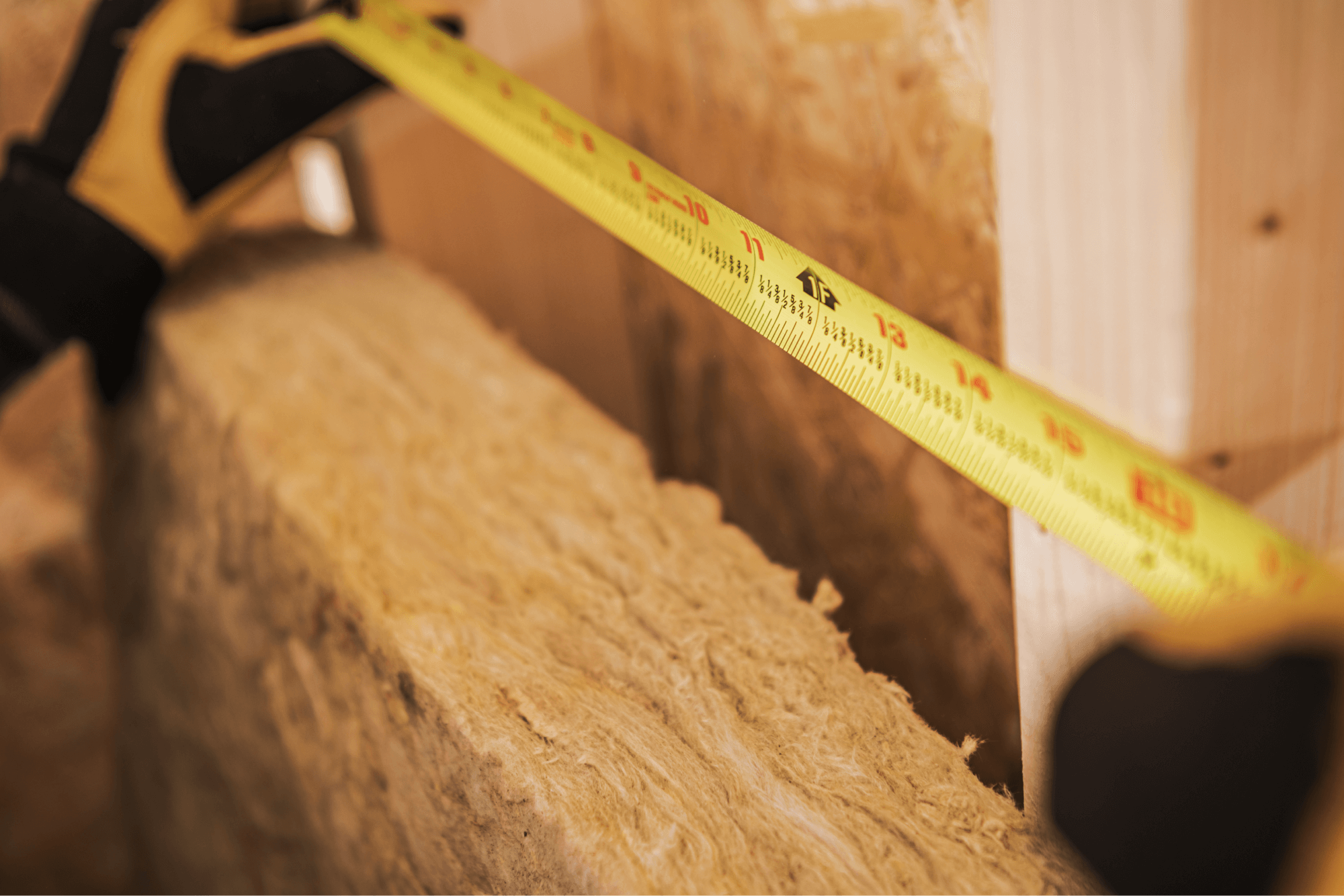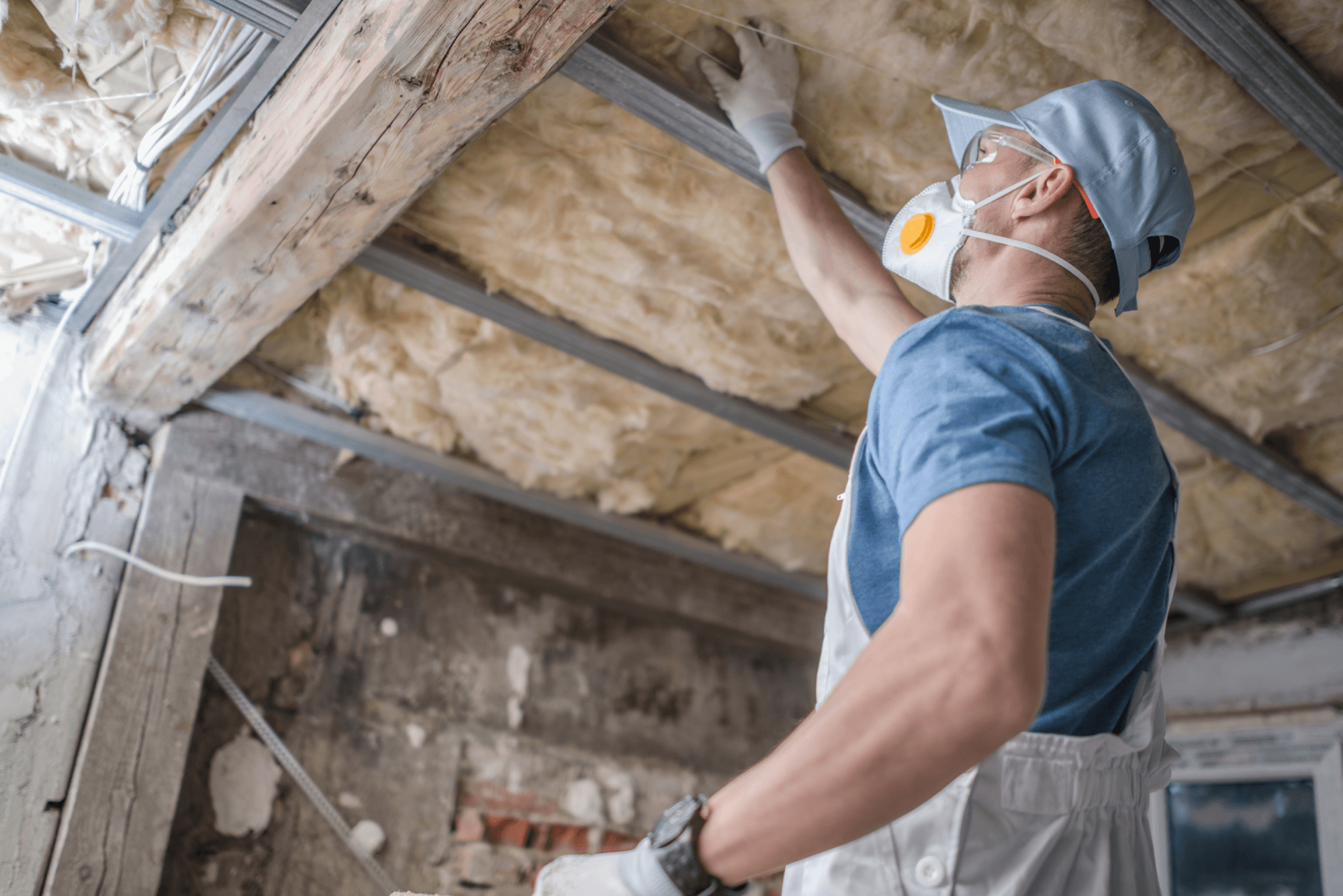TLDR
Improving insulation is crucial for enhancing your home's energy efficiency and climate resilience. It helps in reducing energy bills, minimizing emissions, and ensuring a comfortable indoor environment. By improving your home's insulation, you can save 2-4 metric tons of CO2 per year, about 20% of your annual personal emissions.
Common Problems Found in Older Homes
Many older homes in Canada suffer from inadequate or deteriorating insulation. Common issues include poor insulation in attics and crawl spaces, gaps and leaks around doors and windows, and insufficient insulation in walls and basements.
Benefits of Completing Upgrades
Upgrading insulation can lead to significant benefits such as reduced energy consumption, lower utility bills, improved indoor comfort, and increased property value. It also contributes to a more sustainable environment by reducing greenhouse gas emissions.
Doing Our Part in Saving Energy and Reducing Emissions
As homeowners, we play a crucial role in conserving energy and reducing emissions. By improving insulation and making our homes more energy-efficient, we contribute to a greener future for our planet and help combat climate change.
Most Common Insulation Upgrades
While insulation runs throughout your entire home, there are a few very common upgrades.
Attic Blow In
.jpeg)
Unconditioned attics play a crucial part of your home's energy system. In the winter it combats the stack effect, where hot air rises and escapes your home. In the summer, the sun pounds your roof and that space becomes a sweltering sauna.
Over time the condition of your insulation degrades and it loses efficiency. Unconditioned attics with R24 or less are great candidates for a top up, adding another R24. With R48 or more, your home will do a much better job of keeping the heat during the winter and the heat out during the summer.
Here is a short video from one of our favorites shows, This Old House.
Exterior Walls

Adding insulation to your walls can make a big difference. However, your exterior walls are normally covered by either siding on the outside or drywall on the inside. That makes this a large project. Unless, you are already redoing either the siding or interior walls. Lining this work up with other scheduled renos or maintenance makes this a much more affordable upgrade.
If you are redoing your siding, a possible improvement might be to add closed cell insulation directly onto your existing home, once the siding is removed. Not only is it relatively easy to add R5 to R15 to your normally R8-R12 walls.
More Sustainable Insulation Options
There's been a growing emphasis on developing insulation materials with minimal environmental impact. This includes:
- Mineral Wool Insulation: Mineral wool insulation is made from natural rock or recycled slag from steel production. It is known for its fire resistance, sound absorption properties, and thermal insulation capabilities. Mineral wool is often used in buildings where fire safety and acoustics are important considerations.
- Recycled Denim Insulation: Recycled denim insulation is made from post-consumer denim, such as old jeans, that is shredded and treated to create insulation material. It is known for its environmental sustainability, as it repurposes discarded denim into a useful product. Recycled denim insulation offers good thermal performance and is free from harmful chemicals found in some traditional insulation materials.
- Cellulose Insulation: Cellulose insulation is made from recycled paper, typically post-consumer waste paper that is treated with fire-retardant chemicals. It is known for its eco-friendliness and energy efficiency. Cellulose insulation is often used as a loose-fill insulation material in attics and walls, providing effective thermal insulation and soundproofing.
- Agricultural Products: Insulation materials derived from agricultural waste products utilize natural fibers from agricultural byproducts, such as straw, hemp, or rice husks, to create insulation. These materials are renewable, biodegradable, and offer good thermal insulation properties. They are often used in eco-friendly building projects as sustainable alternatives to traditional insulation materials.
Typical Costs to Complete Upgrades
For a suburban detached home of 2200 square feet, the cost of upgrading insulation can vary depending on factors like the type of insulation, labor costs, and the extent of the upgrade. On average, homeowners can expect to invest between $2,000 to $6,000 for a comprehensive insulation upgrade.
Average Energy Bill Savings per Year and Payback Period
After upgrading insulation in a 2200 square foot home, homeowners can typically save between $300 to $600 per year on their energy bills. With these savings, the payback period for the insulation upgrade can range from 3 to 10 years, making it a cost-effective long-term investment.
Average Emissions Saved per Year After Upgrades
The average Canadian's emissions can vary significantly. However, a rough estimate is 15-16 Metric Tons per year. Homeowners that upgrade their insulation can reduce their home's carbon footprint by approximately 2 to 4 metric tons of CO2 emissions per year. This reduction in emissions contributes to a healthier environment and a more sustainable future for all.

Discover more
Learn more about making home energy upgrades easy
Stay Updated with Our Newsletter
Get the latest home energy insights and tips


.png)




